Уилямс за Корея
Пастор Малдонадо:
Korea is a medium to high speed circuit and has a good combination of corners with the last sector being a good technical challenge with corners that flow well. As the track is still quite new it can be quite green at the beginning of the week with low grip, but it then tends to rubber in and evolve a lot as the weekend progresses so we will be trying to make sure that the car can adapt to the changing grip levels. I was close to finishing in the points in Singapore and we will be looking to learn from that race and make the adjustments needed to challenge for a top ten finish.
Валтери Ботас: Whilst this will be my first race at the Korea International Circuit, I drove the track in FP1 last year so I have experience to draw upon that will prove useful. It's a high downforce circuit that tests the cars overall performance as it has a mixture of high speed corners at the beginning with lower speed technical sections towards the end. We struggled with the pace of the car in Singapore but we are bringing some upgrades to this race and hopefully these new parts will result in improved performance for us this weekend.
Xevi Pujolar: The Korea International Circuit is a challenging track, with Sector 1 being mainly straights and Sectors 2 and 3 being combinations of medium speed corner sequences and some fast sweeping bends. The track is relatively easy on tyres, often aided by low track temperatures, a low circuit roughness and a forwards energy balance. This coupled with an average fuel consumption, albeit higher than normal fuel effect, and an above average pit loss time typically favours a two-stop strategy. This year Pirelli have gone one step harder on the prime compound, electing to bring the medium compound alongside the supersoft. The first Korean Grand Prix was heavily affected by rain but despite Korea's location and therefore high probability for typhoons and tropical storms, it is not forecast to rain this year.


















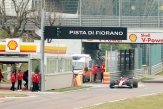
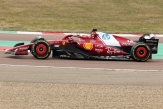
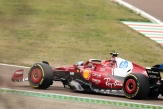
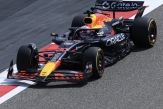
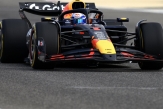
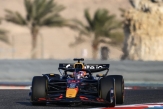

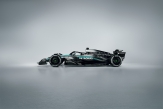
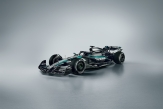
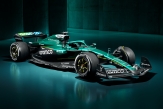
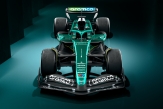
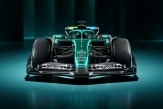
.jpg)
.jpg)
.jpg)

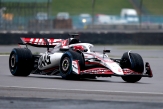

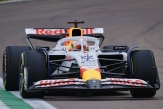
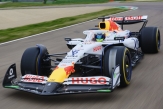
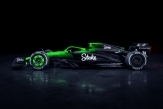
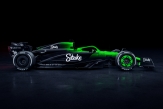

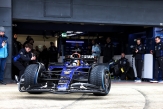
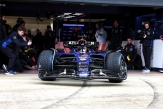
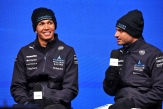

02/12/2025 от Огнян Тенчев (drJeckyll), няма коментари